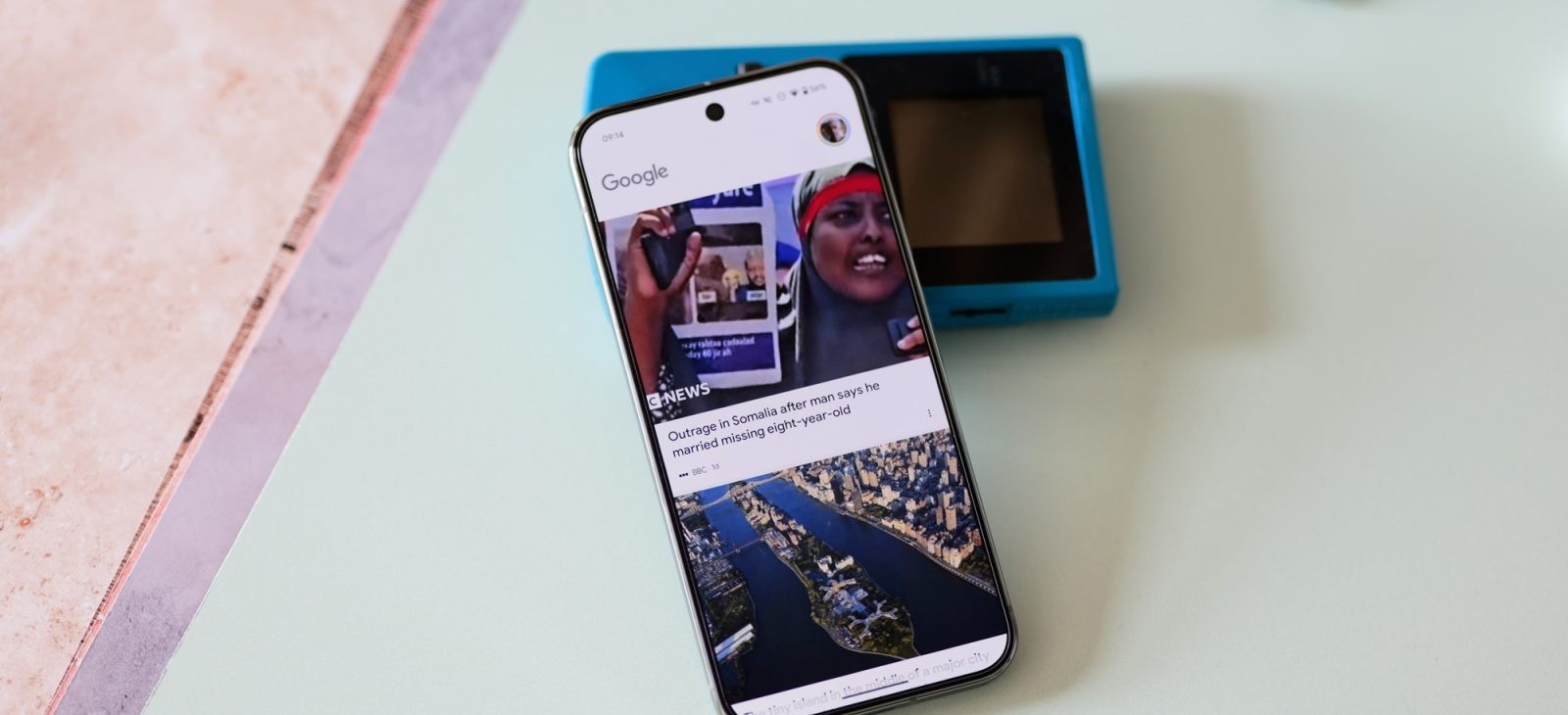Google Discover, the personalized content feed accessible via the Google app and the left-most screen on many Android devices, is undergoing a significant transformation. Traditionally focused on delivering news articles, blog posts, and videos tailored to user interests, Discover is now beginning to incorporate social media accounts and their latest posts directly into the feed.
This development was highlighted by Michael Brown, who observed social media content appearing in his Google Discover feed across multiple devices. The integration includes posts from platforms such as Instagram, Twitter (now known as X), and YouTube Shorts. Users encountering this feature see a carousel of recent posts from these social media accounts, allowing them to scroll horizontally through the latest updates.
For instance, a user might see a banner labeled Latest posts from Sundar Pichai >, which, when tapped, directs them to the respective social media platform’s app or mobile site to view the content in detail. This approach not only enriches the Discover experience but also provides users with real-time updates from their followed personalities and brands without leaving the Google ecosystem.
The inclusion of social media content in Google Discover signifies a strategic shift towards offering more dynamic and immediate information. By integrating real-time posts, Google aims to enhance user engagement by presenting a more comprehensive view of topics of interest, combining traditional news sources with the immediacy of social media updates.
However, the extent of this rollout remains uncertain. It appears to be in a testing phase, with only a subset of users currently experiencing the feature. Google has not officially announced the widespread implementation of social media integration in Discover, leaving questions about its future availability and the selection criteria for featured social media content.
This move aligns with Google’s ongoing efforts to make Discover a more personalized and engaging platform. Since its rebranding from Google Feed to Google Discover in 2018, the feature has continuously evolved to include a broader range of content types, such as AMP Stories and Posts on Google from brands and artists. The addition of social media posts is a natural progression in this evolution, reflecting the growing importance of social media in the dissemination of information.
For users, this integration offers a more seamless experience, reducing the need to switch between apps to stay updated on their interests. It also provides a curated selection of social media content, potentially filtering out the noise and presenting more relevant updates.
From a content creator’s perspective, appearing in Google Discover can significantly increase visibility and engagement. To optimize for Discover, creators should focus on producing high-quality, engaging content that aligns with user interests. Incorporating large, high-resolution images and videos can enhance the visual appeal of content, making it more likely to be featured. Additionally, adhering to Google’s content policies and ensuring mobile optimization are crucial steps in increasing the chances of being included in Discover feeds.
As Google continues to test and refine this feature, it will be interesting to see how it impacts user engagement and the overall landscape of content consumption. The integration of social media into Discover could set a precedent for other platforms, highlighting the importance of a holistic approach to content delivery that encompasses both traditional media and social media channels.
In conclusion, Google’s experimentation with incorporating social media content into Discover feeds represents a significant step towards creating a more integrated and personalized user experience. While still in the testing phase, this feature has the potential to reshape how users consume information, blending the immediacy of social media with the curated nature of traditional news sources.



